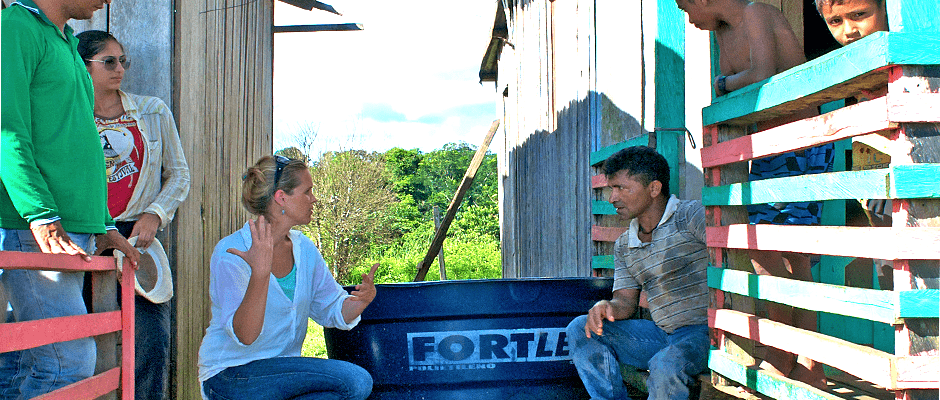Share this article
Adapting social science tools for wildlife research
Applying social science approaches to conservation research is growing in popularity, but as wildlife biologists step outside their quantitative world, they can find themselves wandering unfamiliar territory.
Nibedita Mukherjee, a postdoctoral researcher at the University of Exeter and visiting researcher at the University of Cambridge, found that out herself. For her doctoral thesis at the University of Exeter, she applied a social science method called the Delphi technique — an expert consultation method that originated from Cold War bombing calculations — to wildlife biology. But she discovered she had few guidelines to follow.
“We are taught to count birds and trees in the field, so inadvertently we may be trying to do a natural science version of social science, and that leads to the improper application of techniques or bad reporting,” Mukherjee said.
That’s why she and an international group of peers started compiling papers that could help make social science application easier and more effective for conservation scientists. From her own research, Mukherjee said, she saw the role that qualitative social science methods could play in ecology and conservation, but wildlife biologists could use some guidance in putting them to work.
“Many of us are transitioning into interdisciplinary research but don’t have training in the social sciences,” she said.
Guest editors Bill Sutherland, Lynn Dicks, Mark Everard and Davide Geneletti coordinated the special feature in the journal Methods in Ecology and Evolution to provide what Mukherjee calls “a birds-eye view of qualitative techniques for wildlife biology and management.”
“For those who are beginning their journey into academic research in wildlife biology and management,” Mukherjee said, “it will provide a good guideline to make informed choices about what technique they could use, when, where and why.”
Starting in 2015, the team reviewed over 400 studies in the literature to see how wildlife and conservation researchers had justified using five social science approaches, including interviews and focus group discussions.
The special feature’s synthesis paper compares how the techniques are best applied and how much time and resources they require.
“This issue helps you choose a technique based on how the research community in wildlife conservation has used these techniques and where these techniques are most suitable,” Mukherjee said.
Header Image: A scientist with the Center for International Forestry Research conducts a field interview with local community members in the Brazilian Amazon. ©Kate Evans








